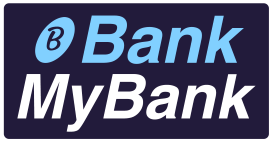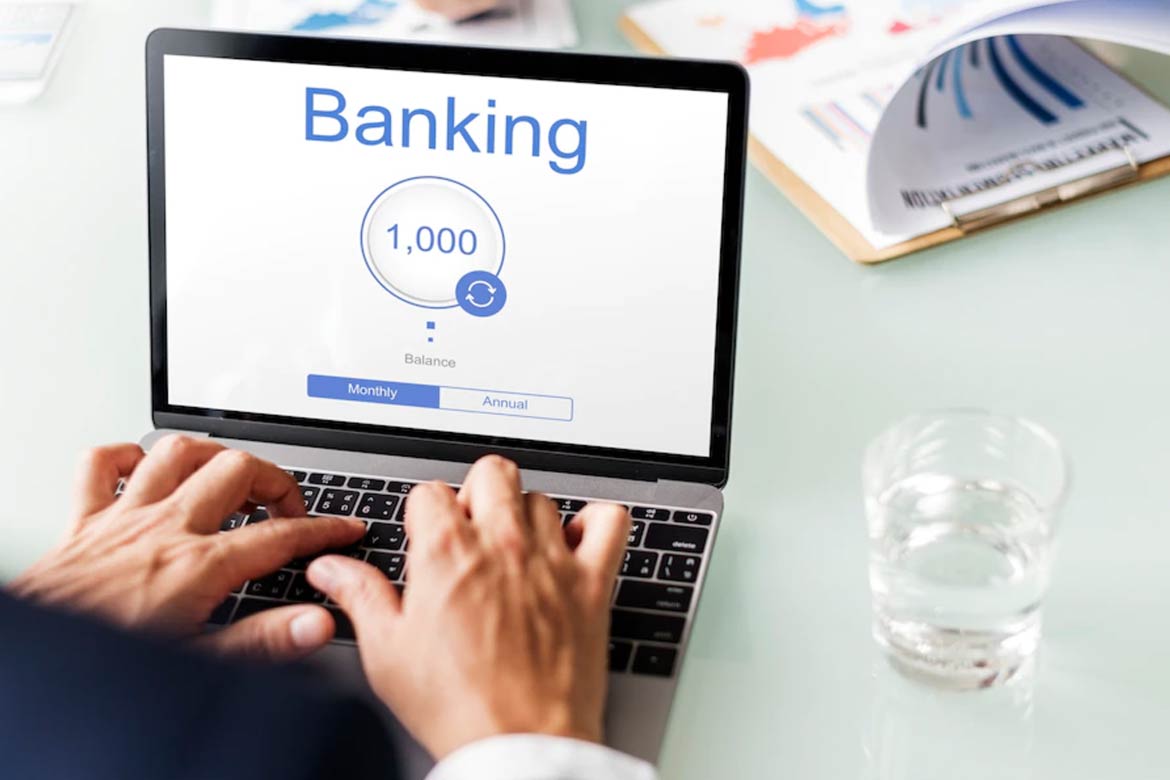Other Money Faster and Cash payments are made in an instant and are available to you. But if you make that purchase online, be ready to wait days to get it. Even direct deposits depend on a bank’s timetable and can take days to process, even though they are more prompt. Due to bank policies and the Automated Clearing House Network, which manages regular transactions, it is largely by design.
According to Peter Tapling, managing director at PTap Advisory LLC and adviser to the payments sector, the Automated Clearing House is essentially a digitalization of the way checks were previously conducted. According to Tapling, the ACH Network groups and settles payments several times every day.
There are same-day ACH transactions, although banks can choose not to send them, and doing so may incur a fee. Businesses use these payments the most commonly. According to NerdWallet’s examination of ACH transfers, the typical delivery time for customers sending money between bank accounts is one to three business days (weekdays excluding bank holidays).
Waiting a few days for money may not be a huge concern if you have funds. However, a few days can mean the difference between making on-time payments and incurring overdraft or late fees if you need the money from your next salary to pay your present expenditures.
Here are a few methods to deposit money into your bank account more quickly—some even in just a few seconds.
Read More: How to utilize Checks and banker’s Drafts
1. Utilize a bank that offers early direct deposits.
Some financial institutions let their customers receive direct deposits up to two days early without charging a fee or requiring them to sign up. Banks can deposit money into your account up to two days before it actually arrives since employers often provide them with payroll information up to that point.
According to 2021 NerdWallet research, banking fintechs like Chime, Cash App, and Venmo reported boosts in interest for this service amid the first wave of COVID-19 stimulus payments. Since 2021, it has been adopted by more conventional banks and credit unions, including some major organizations like Capital One, Wells Fargo, and the Pentagon Federal Credit Union.
2. Employ Zelle to do immediate bank-to-bank transfers.
Networking between individuals Transfers made using Zelle can take just a few seconds to show up in your bank account. Zelle, with more than 1,600 financial institutions as clients, was launched in 2017 by seven of the biggest U.S. banks. Zelle is normally accessible through the mobile app for your bank. There is also a standalone app that allows you to connect your debit card if your bank doesn’t support Zelle.
Transfers between friends or family members, such as to cover group expenses, and transfers between accounts you own at several banks are Zelle’s two main use cases. If you have accounts with two different Zelle-compatible banks, you can use separate Zelle accounts to send money between them for free in almost real-time; just be aware of your transfer amount restrictions. Linking your email address or mobile number is a must for signing up for Zelle.
Read More: What is Pravasi Bharatiya Bima Yojana?
3. Use P2P apps’ fast cash-out option.
The money you receive typically stays in an in-app balance when you utilize peer-to-peer payment apps like Block’s Cash App, PayPal, and Venmo and is not accessible outside of the app (unless through those companies’ debit cards). Free cash outs to bank accounts are available, although standard delivery takes one to three business days, just like ACH transactions between banks.
All three apps—Cash App, PayPal, and Venmo—offer the choice of instantaneously, or at the very least within 30 minutes, cashing out a sum to a bank account. However, neither the service nor its accessibility are free. You can be charged up to 1.75 percent of the transaction value, making a $100 transfer cost $1.75. Only if your bank or debit card uses instant transfer services is the service accessible.





